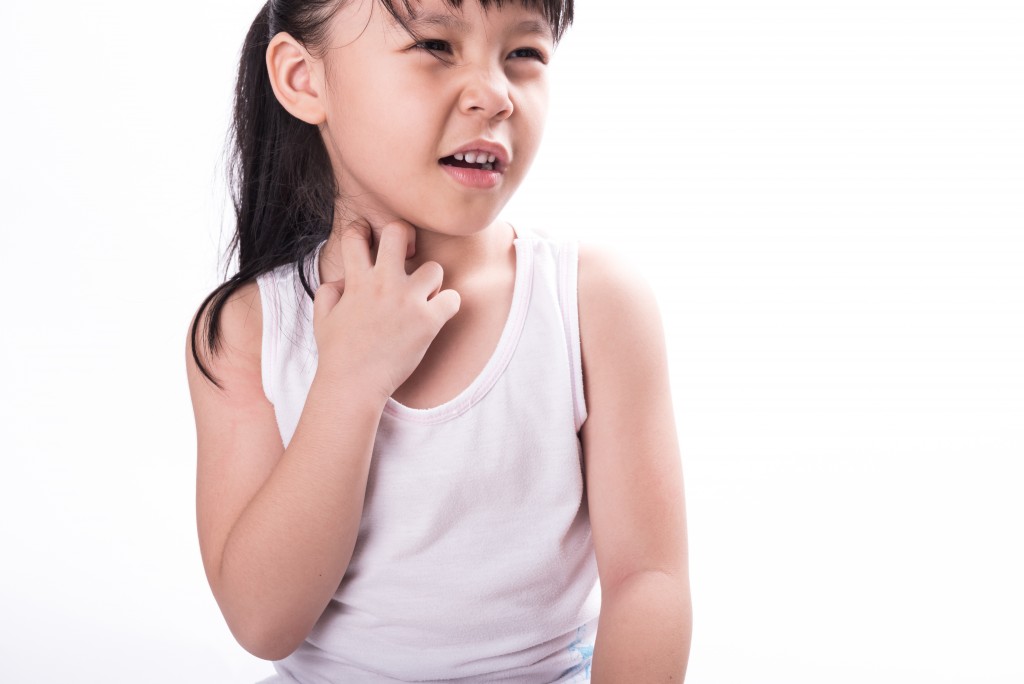At a young age, children will always need supervision and guidance from parents. At the earliest stage of development in toddlers, they are naturally curious about their surroundings.
A part of this trial-and-error way of learning is placing food into their mouth. Psychologically, most toddlers and babies will put anything that might resemble food in their mouths. Sigmund Freud would usually call this the oral stage of a baby’s development. However, what would be a harmless activity can take a turn for the worse when choking happens. 12,000 children are sent to the hospital yearly because of this incident alone.
Although it’s best to give your children a fair amount of space when they are still young, children at the tender age of around 0 to one year old will need around-the-clock supervision. Even when you’re purchasing a house and land with a fair amount of space, you should stay close to your child to monitor what they’re eating.
Preventive Measures and Early Signs of Choking
But before we get into how we can administer first aid if ever a toddler does choke, we have to discuss the early signs of choking in children. After all, preventing a worst-case scenario is better than having to fix the problem.
Usually, choking doesn’t only happen to children, but can also occur to adults. Choking occurs when a blockage in the throat is cutting off oxygen supply compared to other conditions. Most of the time, this is caused by allergic reactions, choking on food, or being chocked by an external source.
But when it comes to the early signs of choking, they are all similar and can happen to everyone.
Early signs would be:
- Inability to talk
- Inability to breathe or having difficulty breathing
- A high-pitched squeaking sound when they are trying to breathe
- Uncontrollable severe or weak coughing
- Skin, face, and nails turning blue or darker red
- In most extreme circumstances, the loss of consciousness
Potential Hazards
Most of the time, your children will be exploring different parts of the home when they’re past the age of 1. By around two to three years old, children will now have teeth that they can utilise in chewing solid food.
If your child does have a nanny, you can instruct them to keep the following food outside the children’s reach and should only be used for cooking and processing food:
- Carrots and carrot chunks
- Grapes
- Tomatoes and cherry tomatoes
- Fruits and leafy vegetables
- Pistachio nuts, peanuts, walnuts, and any legumes
- Chunks of sticky peanut butter. That can easily stick to children’s throat.
- Chunks of meat
- Beef jerky
- Sausages
- Popcorn
- Jawbreakers
- Candy
- Potato and corn chips
- Bones from fish
It’s also worth noting that your child might be allergic to some legumes or particular types of fruits and vegetables. Some clinics offer skin allergy tests to determine what substances your child is allergic to.
In terms of objects, the following can be potential hazards:
- Coins
- Ornaments
- Metal fittings such as nails, hinges, and screws
- Toys with small moving parts
- Batteries
- Nail clippings
- Caps
Handling Choking

Note that you should always call an emergency hotline when you are doing a Heimlich manoeuvre; having professional supervision will ensure that accidents and injuries do not happen.
- Firstly, ask your child if they are choking. If they can speak, then they are not choking. If all they can do is nod, they are choking.
- Stand behind your child, wrap your arms around their waist.
- Make a fist with one hand, with the thumb pointing towards you.
- Press up the abdomen in a sharp and sudden motion
- Repeat the process until the foreign object is spat out.
- After the ordeal is done, go to a doctor since there is a good possibility that they might still have a part of the object in their lungs.
- Inform authorities of what has happened if your child loses consciousness during the process
If you’re already well-versed in first aid, then right on you! But we have to remember that if there is a professional practitioner in your area, it’s best to let them do their thing. As the name suggests, first aid is meant to give the necessary time for the appropriate on the matter.
Children are naturally curious and will often experiment by eating anything they can get their hands on. If possible, substituting solid food with softer sustenance sources will help decrease the possibility of choking in children. Furthermore, you can keep toys and ornaments in areas that are not within reach of children.


